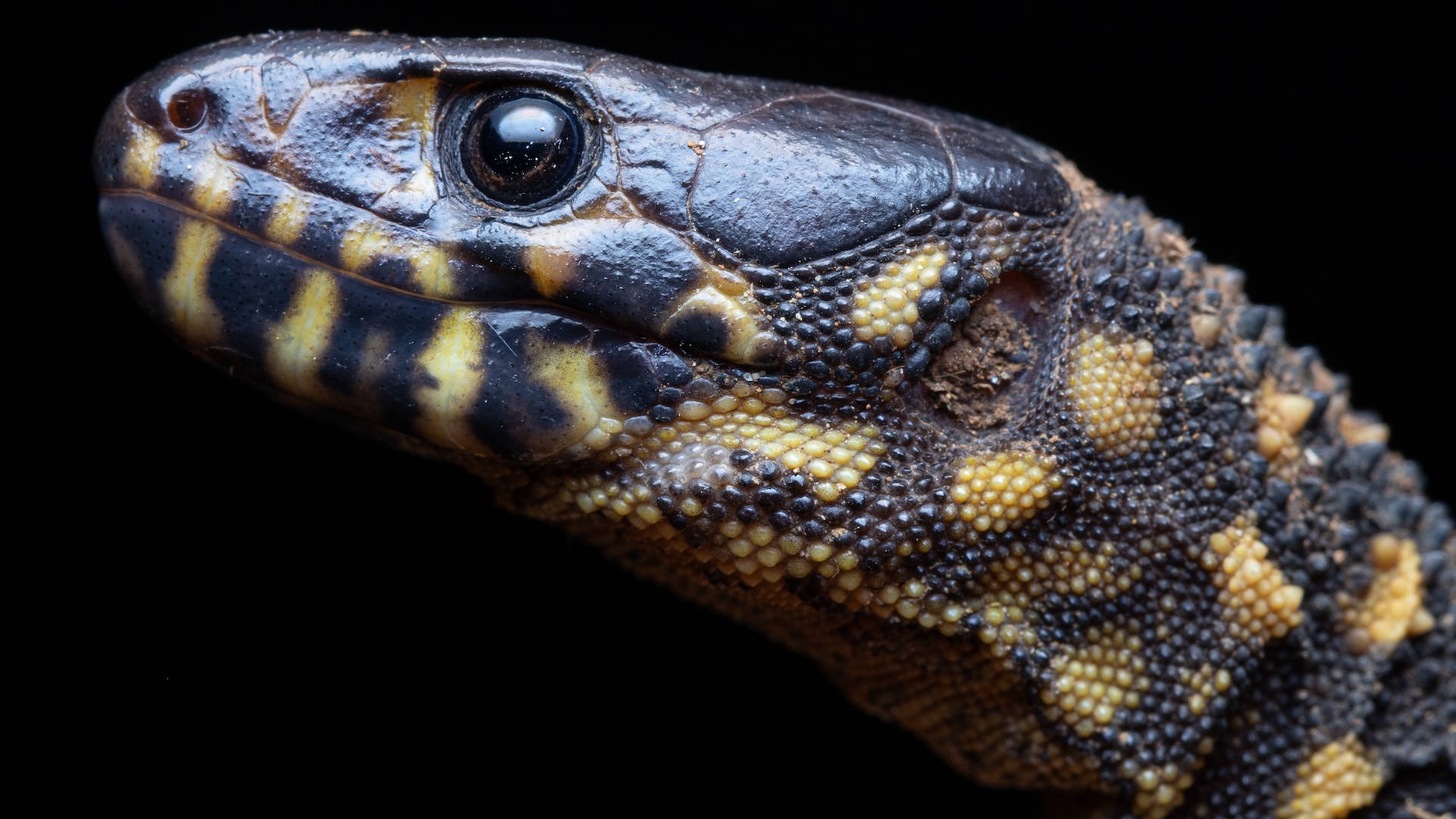Mysterious night lizards survived the giant asteroid strike that ended the reign of the dinosaurs 66 million years ago, and they still live there today, a new study finds.
Thanks to a new evolutionary analysis, researchers discovered that the little lizards, in the family Xantusiidae, were living around the Gulf of Mexico before and after the asteroid struck what is now Mexico’s Yucatán Peninsula. This makes night lizards the only group of land vertebrates known to have survived close to the impact location, and still have members living in the region today.
The dinosaurs’ doomsday asteroid was around 7.5 miles (12 kilometers) wide and caused widespread devastation when it hit at the end of the Cretaceous period (145 million to 66 million years ago). The impact was catastrophic for much of Earth’s wildlife, triggering the Cretaceous-Paleogene (K-Pg) mass extinction event, in which around 75% of all species died out. However, two lineages of night lizard managed to persist through the disaster, despite likely being close enough to see the impact.
“They would have been all around the margin of the asteroid impact,” study lead author Chase Brownstein, a doctoral candidate in the Department of Ecology and Evolutionary Biology at Yale University, told Live Science.
How did night lizards survive amid all the devastation? Researchers aren’t sure, but Brownstein noted that they have slow metabolisms, so they wouldn’t have needed to eat very often.
The researchers published their findings Wednesday (June 25) in the journal Biology Letters.
Related: Iguanas sailed one-fifth of the way around the world on rafts 34 million years ago
Night lizards grow to only a few inches in length. Often very secretive, the lizards live in specialized microhabitats, like inside rock crevices and dense vegetation, or beneath bark and logs.
Some previous studies suggested that night lizards’ “crown” group — the group containing the last common ancestor of all living night lizards — evolved during the age of dinosaurs, which would have meant the animals persisted through the K-Pg devastation. The new study put that hypothesis to the test.
Brownstein and his colleagues reconstructed the ancestry of the three living night lizard genera (Lepidophyma, Xantusia and Cricosaura). They used molecular clock dating to estimate when the night lizards evolved, based on their mutations and the rate at which mutations occur in DNA over time.
The researchers found that the most recent common ancestor of living night lizards emerged during the Cretaceous around 90 million years ago and that night lizards have been living in North America and Central America since around that time, well before the asteroid struck 66 million years ago, according to the study.
The new findings suggest that two night lizard lineages survived the asteroid strike. One of these lineages then gave rise to Xantusia, which ranges from the southwestern U.S. into Mexico, and Lepidophyma, which ranges across parts of North America and Central America. The second lineage then gave rise to Cricosaura and its only species, Cuban night lizards (Cricosaura typica), in Cuba.
Night lizards weren’t the only animals to survive the K-Pg mass extinction event. We wouldn’t be here today if some of the mammal family tree hadn’t lived through the asteroid impact. Avian dinosaurs (birds), fish and plenty of other animals survived, too. However, night lizards are the only known surviving group of terrestrial vertebrates that have remained endemic to — living only in — North America and Central America since the asteroid hit.
Brownstein noted that some lineages of turtles and other lizards in the region probably survived the asteroid in a similar way as night lizards (scientifically named xantusiids) did. However, these other lineages have since disappeared.
“The problem is that they just aren’t there anymore,” Brownstein said. “So, what’s interesting is that xantusiids have persisted and have remained endemic to the region.”
